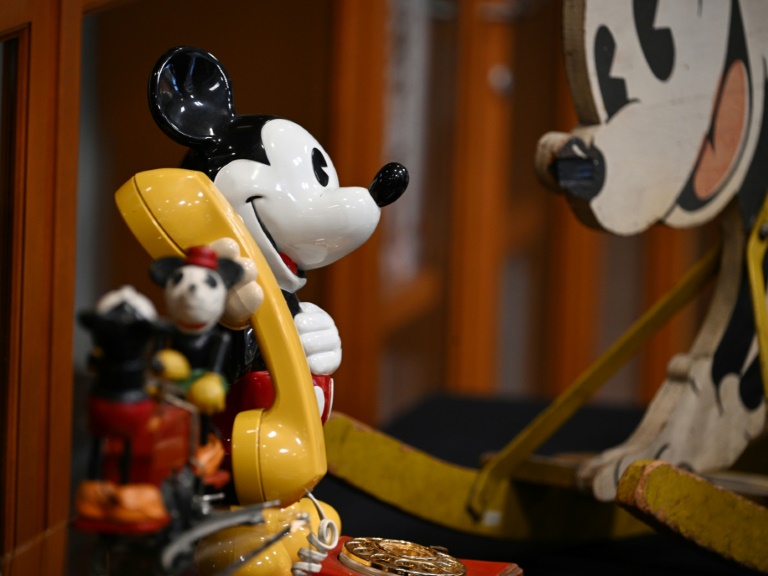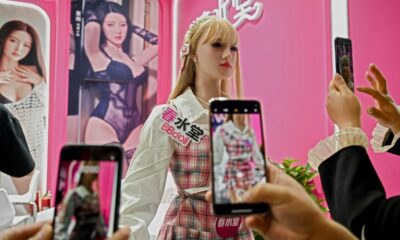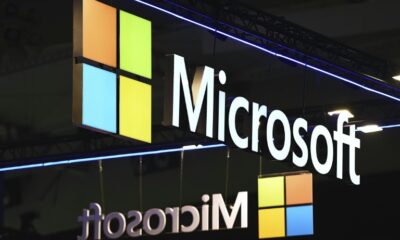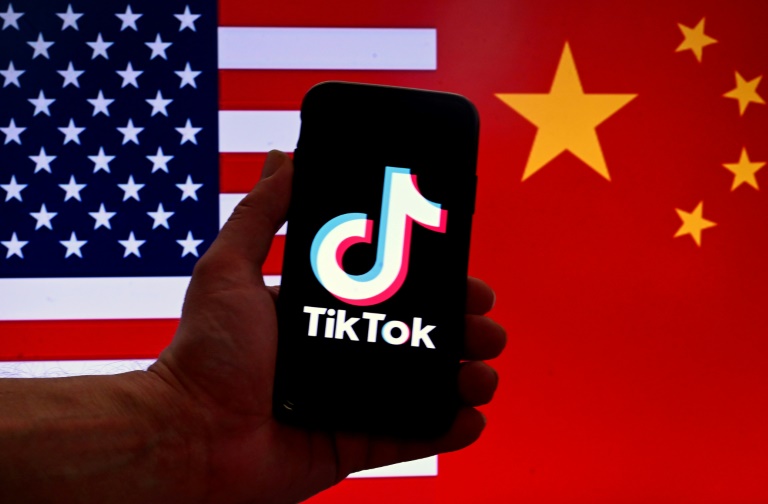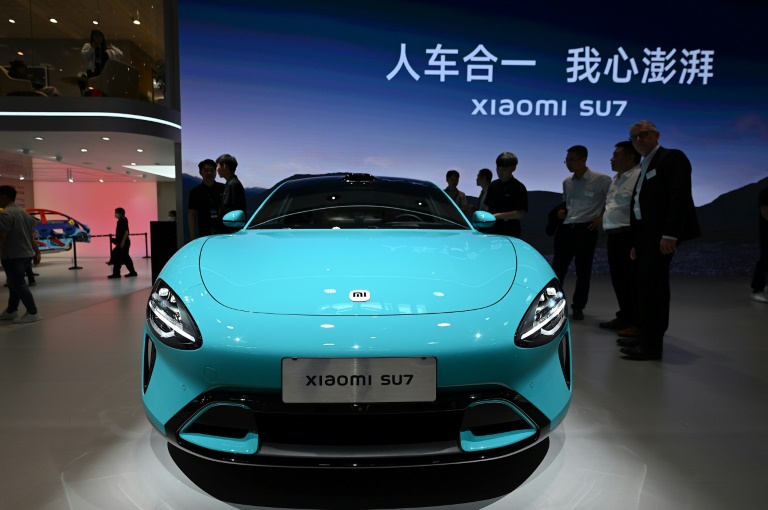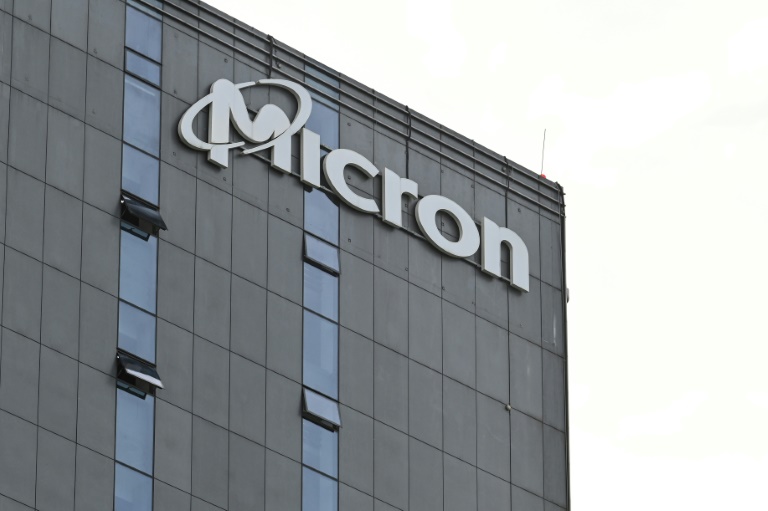Aw, gee! The technology driving artificial intelligence sure is swell, but it could never capture the essence of Mickey Mouse, according to the man who voices Disney’s mascot.
As part of Disney’s upcoming 100th anniversary celebration, AFP spoke with animators, archivists and Mickey voice actor Bret Iwan about the company’s past and future, including the potential for AI — a topic currently roiling Hollywood.
“Gosh, I would say, of course there’s amazing technology being developed with AI, and it’s so impressive,” said Iwan.
“But I don’t think anything can replace the heart of a character and more importantly, the heart of storytelling.”
Artificial intelligence, and the threat it poses to professions across the entertainment industry, has been a constant source of hand-wringing in Hollywood this summer.
AFP’s visit to Disney’s sprawling studio near Los Angeles came during the ongoing strike by writers, in part over fears that AI could replace them.
The issue is also among demands being negotiated by Hollywood actors who are worried about AI cloning their voices and likenesses, and who could strike as soon as Thursday.
But for Iwan, character and storytelling are “unique to a performer, a writer, an animator, an artist, a creator.”
“I have to believe that that part is what’s going to hold out, and keep real people doing the job for a while!”
Iwan is one of just four people to have ever been Mickey’s official voice.
Mickey’s falsetto was first voiced by company founder Walt Disney himself, with 1928’s “Steamboat Willie.” Two other men each voiced the character for more than three decades.
“I hope I get to do it as long as this holds out,” said Iwan, pointing to his vocal cords.
– ‘Replicating realism’ –
In animation — perhaps the art form most associated with Disney — the role of sophisticated computers is well-established.
Computer-generated animation has long overtaken traditional hand-drawn artistry as the genre’s dominant form.
While humans are still designing and creating those films, the use of AI to generate the credits for the Disney+ show “Secret Invasion” recently triggered anger.
Eric Goldberg — the Disney animator who designed the Genie in “Aladdin,” and a stalwart champion of hand-drawn animation — believes AI is unlikely to impact his work.
“I think AI has less of a chance of affecting hand-drawn animation than it does computer animation, because AI is about replicating realism,” he said.
“The characters that I do, the Genie’s head can turn into a toaster! Which you can’t do with an AI character!”
“So hand-drawn gives us a little bit of an advantage that way.”
Goldberg recently finished training five new Disney hand-drawn apprentices, and believes there will always “be a core of us who want to see hand-drawn animation.”
“Because we have to use our imaginations so much to represent hand-drawn characters, because of the flexibility of what they can do, I don’t think AI is going to be a problem to that side of medium,” said Goldberg.
“As long as there are people who still want to do it!”

 Business4 months ago
Business4 months ago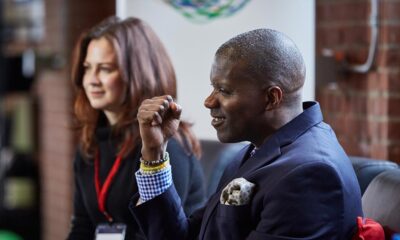
 Business5 months ago
Business5 months ago
 Events3 months ago
Events3 months ago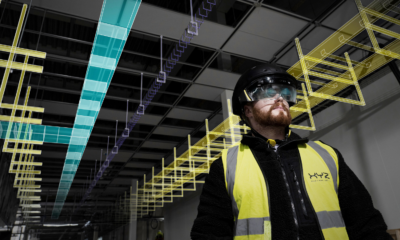
 People4 months ago
People4 months ago
 Events6 months ago
Events6 months ago
